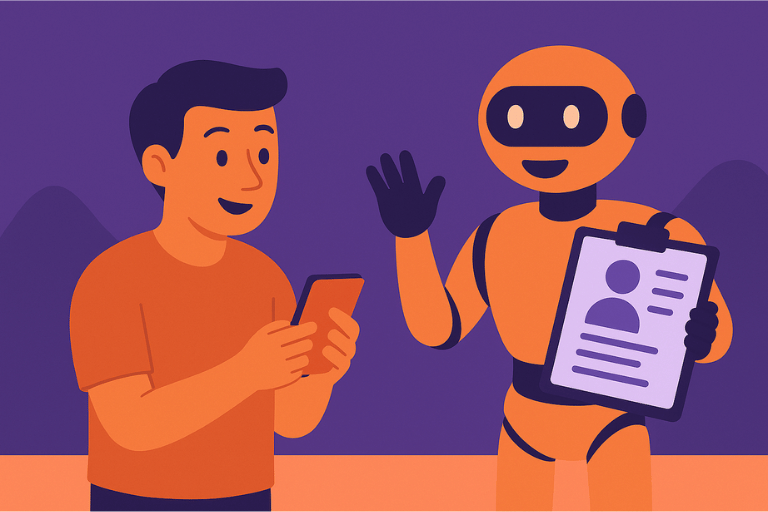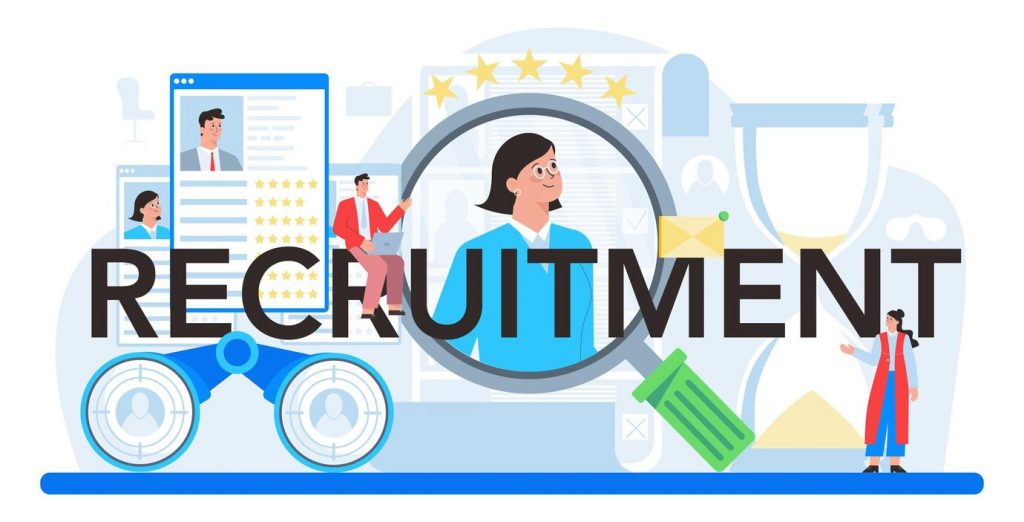TL;DR
AI screens candidates up to 90 percent faster than manual review.
Cost‑per‑hire typically drops by around 30 percent.
Tools like JobTwine process 10 K CVs per hour for effortless scale.
Bias‑aware models lift diversity hires by roughly 16 percent.
Chatbots boost application completion rates to 96 percent and keep candidates informed around the clock.
Fit‑scoring improves quality of hire, with teams reporting a 35 percent performance lift.
Predictive analytics flag 78 percent of preventable attrition risks.
Passive‑talent sourcing surfaces 30 percent more hidden gems.
Built‑in audit trails simplify compliance with NYC 144 and the EU AI Act.
Skill‑graph forecasts reveal gaps 12 months ahead so you can upskill, not firefight.
1. Introduction: Swipe Right on AI
Picture this: it is Monday, your calendar is groaning, and 1,200 résumés just exploded into your ATS like confetti at a surprise party you did not plan. Meanwhile, the CEO wants a short‑list by Friday and candidates expect TikTok‑speed replies.
Enter AI—or, more accurately, your new recruiting co‑pilot that chews through busy‑work, tackles bias, and lets you focus on the human stuff (story‑selling, relationship‑building, latte‑drinking). Companies that lean in have trimmed time‑to‑hire by up to 90 percent and banked £1 million in annual savings.
Buckle up; we are about to unpack ten data‑backed benefits, complete with real‑world case studies and JobTwine insider tips.
2. The Foundations: Why Algorithms + Recruiters = ❤️
2.1 What Counts as AI in Hiring?
Natural‑language résumé parsing
Predictive analytics that rank skills instead of alma maters
Video‑interview intelligence that scores answers live
Chatbots that answer “What is the dress code?” at 3 a.m.
2.2 Why We Care
Volume overload: Global brands sift through 1.8 million applications a year.
Speed wars: Top talent leaves the market in ten days.
Bias audits: Regulations such as NYC Local Law 144 require annual checks on hiring algorithms.
AI does not replace recruiters; it deletes drudgery so people can shine where it matters.
3. Benefits 1‑3: The “Faster, Cheaper, Bigger” Trifecta
|
# |
Benefit |
Mic‑Drop Data |
Quick Story |
|
1 |
Warp‑Speed Screening |
Up to 90 percent faster time‑to‑hire at Unilever |
A four‑month graduate hiring marathon became two weeks |
|
2 |
Cost‑Per‑Hire Crash |
£1 million in annual savings and 30 percent lower cost‑per‑hire |
The CFO finally stopped side‑eyeing HR spend |
|
3 |
Infinite Scalability |
JobTwine filters 10k CVs per hour without coffee breaks |
Holiday hiring surge? Bring it |
|
# |
Benefit |
Proof‑Point |
|
4 |
Bias‑Busting and Diversity Gains |
16 percent jump in diverse hires after AI rollout |
|
5 |
White‑Glove Candidate Experience |
AI chat and video flow hit 96 percent completion versus 50 percent old‑school |
|
6 |
Quality‑of‑Hire GPS |
35 percent bump in on‑the‑job performance via JobTwine fit scores |
5. Benefits 7‑10: The “Future‑Proof” Edge
|
# |
Benefit |
Why You Will Brag About It |
|
7 |
Predictive Retention |
AI flags 78 percent of preventable exits before they happen |
|
8 |
Passive‑Talent Radar |
LLMs boost passive‑candidate interviews by 30 percent |
|
9 |
Audit‑Ready Compliance |
Structured logs simplify NYC 144 and EU AI Act reviews |
|
10 |
Workforce‑Planning Superpowers |
Skill graphs forecast gaps twelve months out |
6. Adoption Playbook: From Pilot to Payback
Data Detox: Clean job codes, skills tags, and diversity fields. Garbage in means garbage out.
Thirty‑Day Sandbox: Spin up JobTwine in one hiring stream; benchmark speed and bias.
Sixty‑Day Scale: Plug into your ATS and coach managers on structured interviews.
Ninety‑Day Audit: Compare cost, diversity, and quality‑of‑hire against the pre‑AI baseline. Bask in ROI glory.
7. Tooling Landscape: Build, Buy, or JobTwine?
|
Option |
Pros |
Cons |
|
DIY Build |
Complete control, bespoke models |
Twelve‑month dev cycle, high cost, need an ML‑ops squad |
|
Generic SaaS |
Fast start, pay‑as‑you‑go |
May not fit niche workflows |
|
JobTwine |
ATS plug‑ins, interview co‑pilot, bias dashboard out of the box |
Requires deliberate change‑management |
Pro tip: Plug‑and‑play ROI often surfaces after a single senior hire.
8. Trends for 2025‑26 You Cannot Ignore
8.1 Multi‑Agent Recruiting Stacks
Sourcer‑bot → Screener‑bot → Offer‑bot pipelines are now reality.
8.2 Hyper‑Personalised Candidate Journeys
LLMs craft outreach in each candidate’s preferred tone, medium, and meme style.
8.3 Skills‑First Hiring
Job titles fade; skill clouds rule, improving speed by 25‑40 percent.
9. Level‑Up Your TA Career (Robots Still Need People Skills)
-
Prompt Engineering 101: Learn how to craft questions AI can understand.
-
Data Storytelling: Executives fund what they grasp. Bring charts, not feelings.
-
Audit Savvy: Understand NYC 144 now to ace upcoming EU rules.
Recruiter listings mentioning AI skills jumped 14 percent last year. Future‑proof yourself.
10. Conclusion and Next Steps at Warp‑Speed
AI in recruitment is not science fiction; it is now. Slash time‑to‑hire, cut costs, delight candidates, and future‑proof your organisation—all before your next quarterly retro.
FAQ
|
Question |
Answer |
|
How fast can AI cut time‑to‑hire? |
Real‑world cases show up to 90 percent faster cycles. |
|
Does AI really save money? |
Yes—Unilever saved £1 million plus every year. |
|
Will AI replace recruiters? |
No. Eighty‑seven percent of firms augment humans, they do not axe them. |
|
Can AI improve DEI? |
A 16 percent diversity boost at Unilever says yes. |
|
Is AI hiring legal everywhere? |
Mostly, but you must comply with rules like NYC 144 and the EU AI Act. |
Still wondering how you ever swiped without AI? Same here. Go make that offer letter—your new co‑pilot already drafted it.



